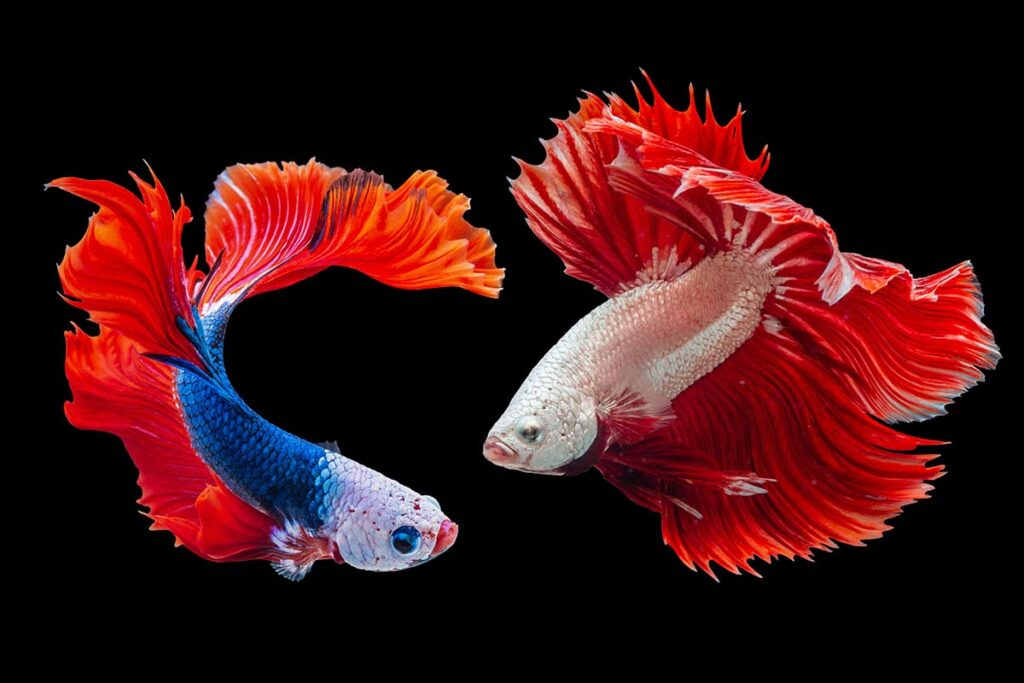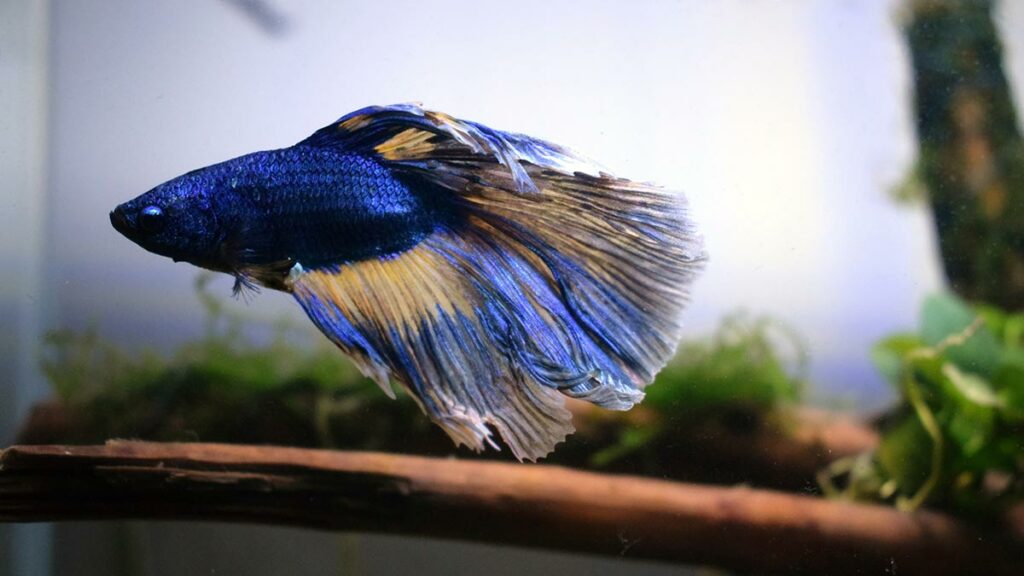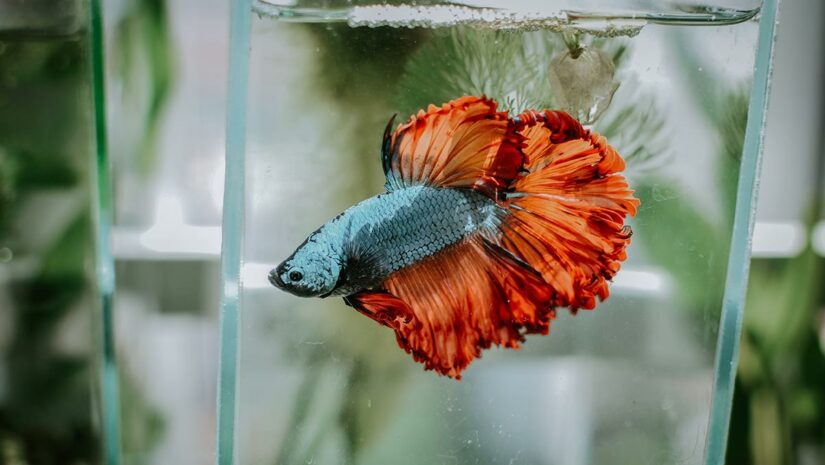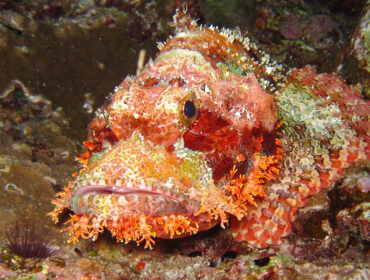One of the most anticipated rites of passage as a child is the day your parents let you get your own pet. Although some kids aim high and ask for the pony, discerning parents are all too aware that the responsibility of a pet is something a kid may not be as ready for as they think. But it is important for children to start learning responsibility on some level, and a popular means of doing this has been by introducing fish into the household. One fish in particular seems to be the gateway pet: the betta fish.
What is a betta fish (Siamese fighting fish)?
The betta fish is a freshwater fish that is native to the rice paddies of Thailand, Cambodia, and Malaysia. Known for being territorial and ill-tempered with other bettas, they were at one time bred for fighting. In the wild, male betta fish would have short-lived violent disputes over territory or mates, but subsequent species were specifically bred to maintain a fight that would last considerably longer.
Although this activity still goes on, the more common breeding that takes place now is to obtain colors and fin shapes. Bettas in the wild have a duller appearance and shorter fins; while captive fish can display dazzling colors of red, blue, turquoise, green, and pink, and can be iridescent. The fin varies from wild, long fringe to perfectly half-moon shaped. Females can be bred for color as well, but don’t get as vibrant as the males, and the fins remain short.

How to Care for Your Betta Fish
Get a proper tank
Bettas are usually sold in small plastic containers, leading some people to believe that is the environment that is best for the fish, but this is not true. While a betta certainly can survive in a small space, it does much better when placed in a container that is one gallon or larger. There is a marked difference in the activity of a betta when it has a little swimming room.
Although bettas do like to enjoy their space, they enjoy a good hiding spot as well, so a feature in the bowl or tank within which they can retreat is a good idea. Bettas are very curious fish, and will often watch what is going on outside their bowl with great interest.
Maintain correct water temperature
Because it hails from a tropical climate, water temperature is important to the betta. You can buy a very simple little heating pad that goes under the rocks in the bowl that keeps the water at about 75 degrees Fahrenheit. If the water is too cold, the betta will be rather listless.
However, this fish does sleep fairly often, and will at times come to rest on the bottom of the bowl, seemingly resting on its fins, so don’t panic if you see this! If there is a heating pad in the bowl, most likely it is just soaking up some heat rays while catching a nap.
Obtain the right food
If you’ve ever wondered what betta fish eat, just look at their mouth construction for clues. Betta fish have upturned mouths that are designed to snatch larvae, insects, and zooplankton from their natural habitat. You can purchase these items frozen or live from your pet store, or simply feed them pellets that are formulated with ingredients bettas eat.

Betta Fish Care: What Else You Need to Know
Strangely, the betta fish will seem to come up for a breath of air once in a while — and that’s because it is! Betta fish build nests out of bubbles to incubate their eggs, so if you see a corner of suds, it’s just the betta doing what comes naturally. Of course, without a female to mate with, the bubbles will eventually subside until nature cues the fish to make another nest. A betta fish is easy to care for, but can offer much in the way of appreciation for life in all its forms!





